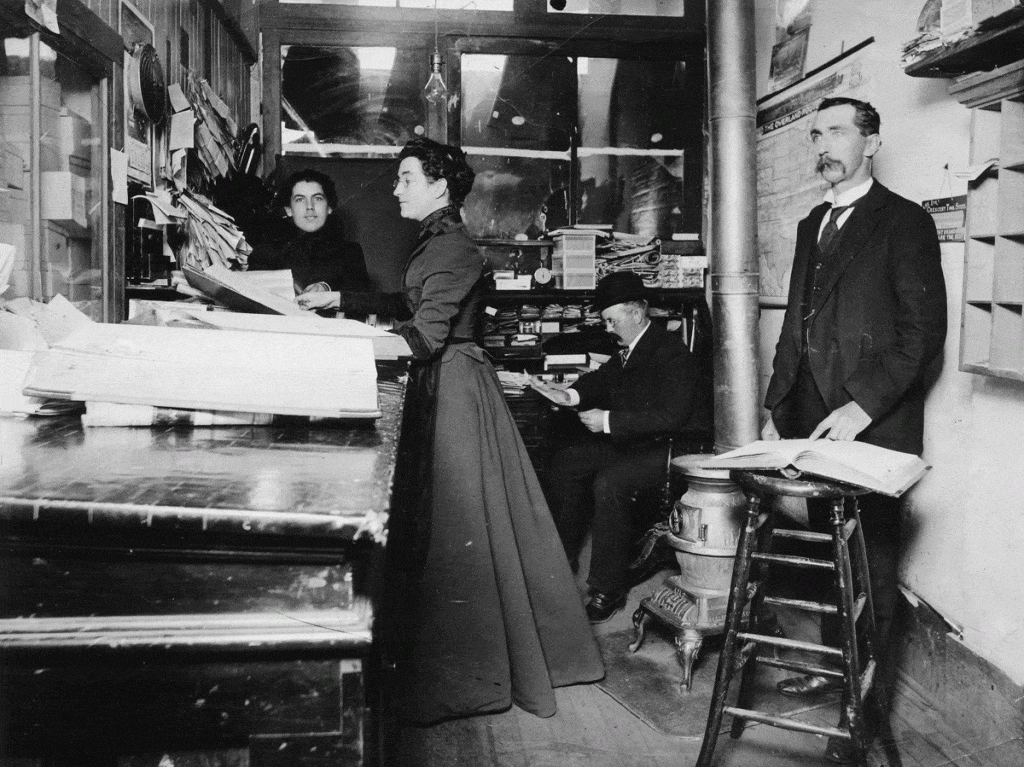The Park City Museum is currently hosting The Way We Worked, a traveling exhibition from the Smithsonian Institution. Staff has developed a local component called The Way Park City Worked which tells the story of the workers from all walks of life who helped put this town on the map.
Several women workers are highlighted in the exhibit and their histories look at questions about their lives that aren’t easily answered. For example, why did these women choose to work? Why did they choose the work they did? What affected how long they worked over the course of their lives? The following article, the first in a short series, will attempt to provide context and answers to these questions.
Social norms often dictated that women not work outside the home, particularly if married with children. These notions were reinforced in popular media like magazines which usually depicted men as responsible for business and politics with women responsible for the home. There were sometimes exceptions, however. It was usually considered more acceptable for women to work if they were unmarried, widowed, divorced, or abandoned.
Two examples of working women from Park City, both featured in The Way Park City Worked, are Isabel Grant, head nurse at the Miners Hospital, and Agnes Harrington, bookkeeper for the Welsh, Driscoll, and Buck department store. Agnes never married and continued to work for her entire life. Isabel only worked until she married, at which point she resigned her position at the hospital.

Credit: Park City Historical Society and Museum, Himes-Buck Digital Collection
When women did work, they usually made less money than their male counterparts in part because companies restricted the number of hours they could work. Management usually assumed their female employees were not the sole wage earners, though unfortunately in many cases this assumption was false.
When not working for wages, women were still involved in the labor force. Women’s groups such as the Women’s Athenaeum Club of Park City were founded to give women a chance to educate themselves and help those in need. Members wrote and read papers at meetings and worked to better conditions in the community. They advocated for causes such as safe milk to drink, compulsory attendance at schools, restricting child labor, and developing a juvenile justice system. They also fought to improve the safety and work conditions of factory workers.
Come back next week for the second article in this series and find out how and why women expanded their working roles.